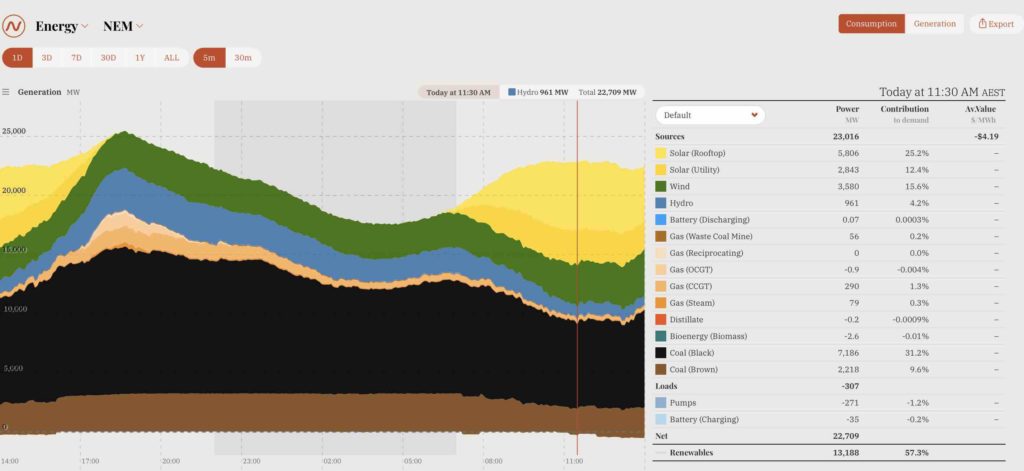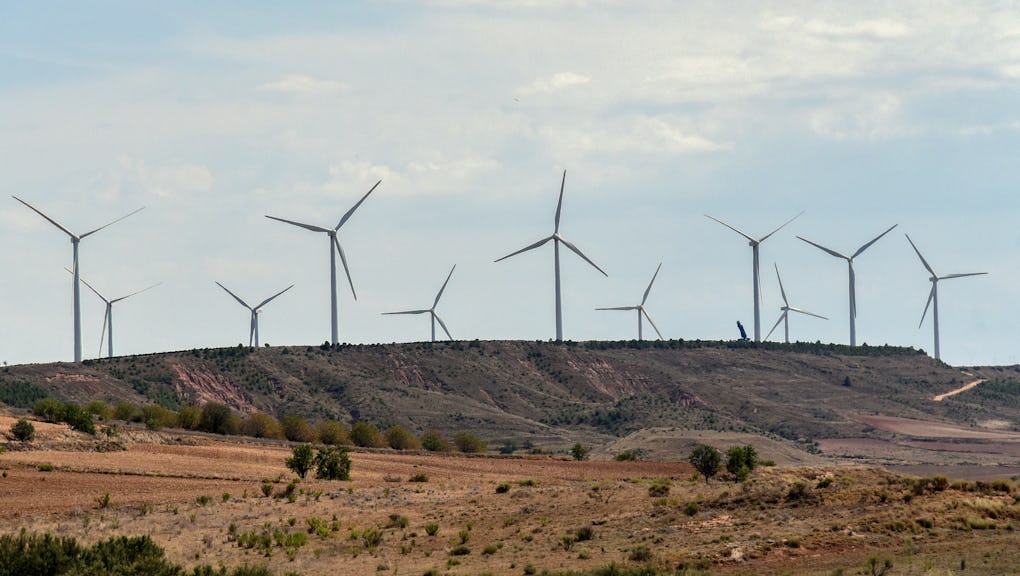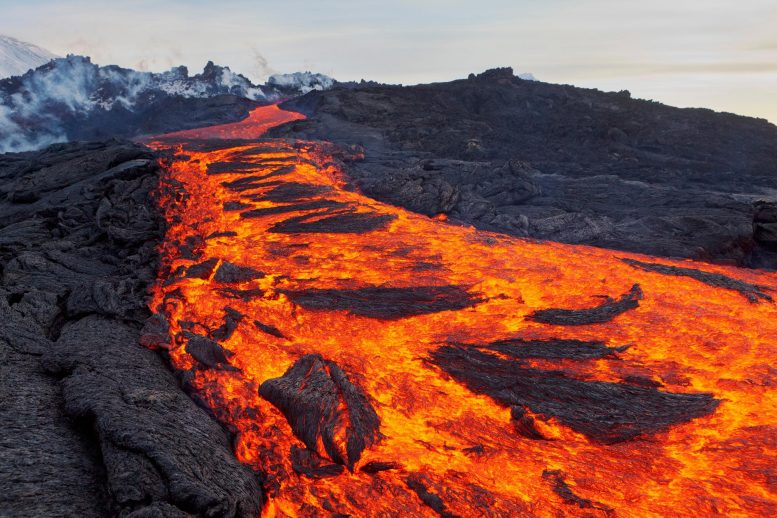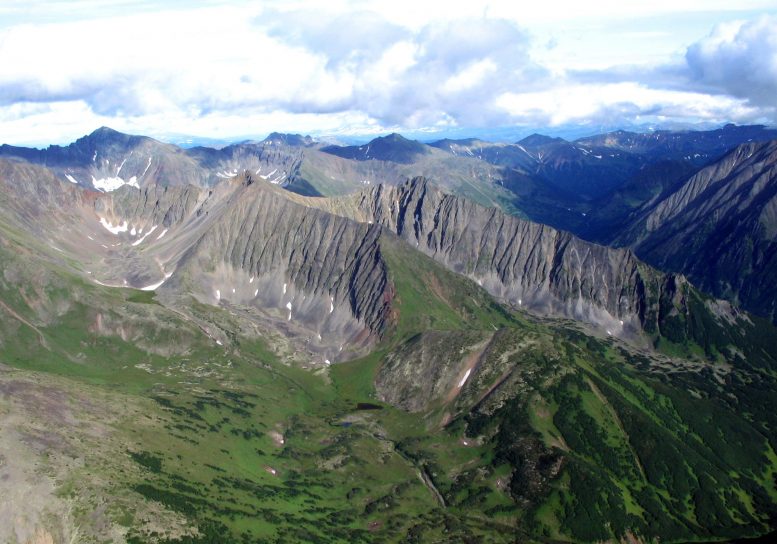
'Myth' of recycling 'really far down the waste hierarchy', environmental group says
Jack Quann
5 SEP 2021
An environmental group says Irish people were sold a 'myth' that recycling would solve our waste problems.
The Sick of Plastic campaign was formed in 2018, in response to the public's frustration with single-use plastics.
But it says we are taking home more plastic packaging from supermarkets than ever, despite moves such as the plastic bag levy back in 2002.
Lyndsey O'Connell from the group told Alive and Kicking people were sold a 'complete misnomer'.
"It's a myth - recycling is part of the solution, but it's really, really far down on the waste hierarchy.
"What we would say at the very top is 'refuse, reuse and refill' and then recycling would be way down there.
"We only, in Ireland, recycle 31% of our plastics and at that you can only recycle a piece of plastic five or six times before it becomes completely broken down and it has to be incinerated anyway.
"So it's not like aluminium and glass, that can be recycling and reused constantly".
Increase in plastic waste
She says the increase in plastic on products is not a mistake.
"Plastic is a big issue at the moment, it wouldn't come as a surprise to yourself I'm sure and most of your listeners, that is a bit of a pollution issue.
"But we are taking home a lot more plastic in our bags than ever as well."
Lyndsey says over time, the use of single-use plastics - on supermarket fruit and vegetables for example - has increased.
"The more time has gone on the more plastic we're using, and that's not happening by accident.
"It's a concerted effort by the plastics industry, because that's where their profit is unfortunately.
"They're producing more plastic and then we're seeing it on our shelves and then we're taking it home and putting it into our bins".
Lyndsey says as more people move away from oil and gas, the industry needs to get profit in other ways.
"I didn't realise this when I started working on this project... that 99% of the ingredients in plastic is actually oil and gas.
"So the fossil fuel industry, because we're all heating our homes now more efficiently or we're powering our cars with electricity the fossil fuel industry are moving towards the creation of plastic as a way of bolstering their kind of ebbing profits.
"So because we're seeing more plastic in the shops, this is actually a business drive for more profits.
"The more plastic they're producing, the better they're doing as a business".
Refill targets
But Lyndsey says every little helps, and people should not feel overwhelmed.
"I'm not the only one who stands over my bin in a state of paralysis with a piece of packaging in my hand going 'where does this go, I want it to go to the right place'.
"We work with bottom-up solutions, where we give people who feel like us and who are sick of plastic - if they want to push back against industry - we will provide them with ways to get in contact with their local supermarket, maybe do a local audit of their shops to see how much plastic they're using.
"But we're also looking for top-down solutions as well.
"We don't think we're going to make big changes unless industry and government are onboard.
"We're calling on the Government to introduce refill targets - so that 20% of our supermarkets floors, of the larger supermarkets, have to be refill.
"Where we can bring in our own packaging and fill up those products".
She was speaking after supermarket chain Lidl announced a Deposit Return Scheme for plastic bottles, which will see customers get vouchers in return.
The company says its reverse vending machine is now being used at its Glenageary store in Dublin, with plans for a nationwide rollout by 2023.
For every unit deposited, a customer will receive a 10c voucher in return - with a maximum voucher limit of €2.













